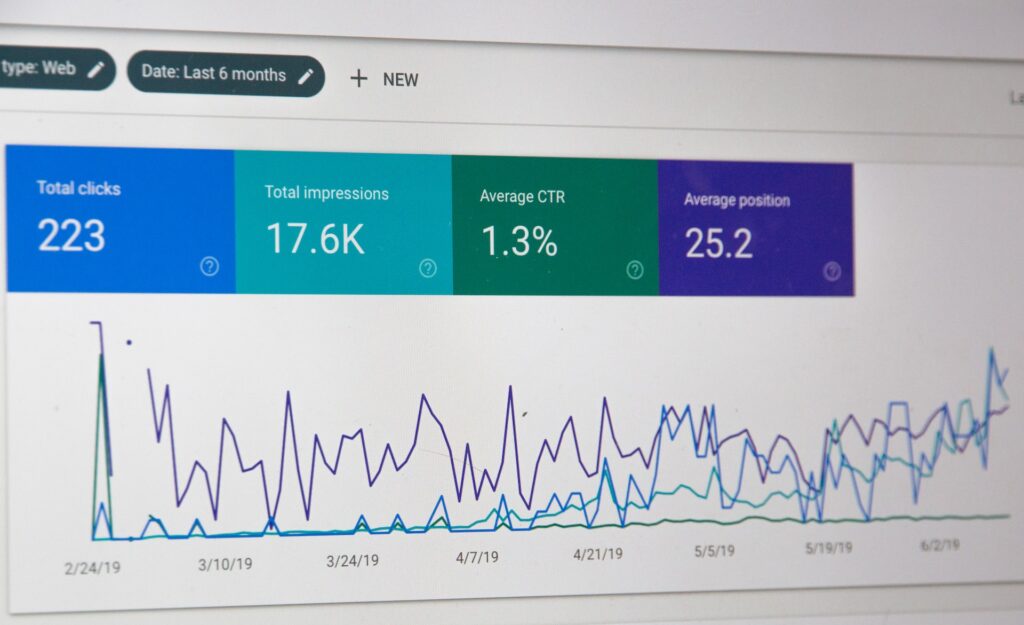Web Analytics: Back to Basics
As the importance of having a great website becomes widely known, companies are jumping on board to stay relevant. But how can an organization measure the impact of its website on its users, both off-site and on-site? That’s where web analytics come in – the collection, reporting and analysis of website data.

Defining the Details
The main objective of web analytics is to take a close, in-depth look at the functions of a website and determine the best implementations and calls-to-action based on that research that will drive more site traffic. An organization must identify what makes its website (and often accompanying microsites) attractive to viewers; once this process has been implemented, that information can be used to build a strong framework and better experience for the intended users.
Going through web analytics is truly an intuitive process that can assist organizations in any industry in their goals for web usability. First and foremost, those goals must be identified. Is the intended function to educate an audience in a specific topic? Or is it a higher-level selection of white papers that allows for a deeper discussion on an expert level? Is there an objective to provide information about upcoming events or sales (for example, around the holiday season for the retail industry)? A website’s main goals are why it is in the first place – customer and audience interaction, detailed description of products and services, and communication are the building blocks that hold it together. Determine the objectives using these analytics, and then actions can be taken to reach those goals.
Effectiveness
Essentially, a company needs to measure its website’s effectiveness and develop a structured plan for improvements and edits. Many types of web analytic software can also monitor whether a website is functioning properly. Consumers browsing the internet looking for a solution to their needs can look through dozens of websites within minutes. Suppose a company’s website takes too long to load or there are many errors or coding mistakes. In that case, the functionality will plummet – how long do you think visitors will stay when confronted with usability frustration?
There are a variety of tools that can be used to conduct the web analytics methodology. Clickthrough, scroll-tracking, A/B and multivariate testing, user testing and heat maps are just a few that can be performed from the technical side. Organizations are also encouraged to reach out to their audience, directly ask them for comments, and collaborate with them – this has the double benefit of direct feedback and an increased relationship with the consumer. Of course, market research greatly benefits this process, as software can track keyword searches and analyze a website from an SEO perspective.
Remain Vigilant
However, don’t be fooled if your analysis reports show a high level of traffic – traffic is great, but if it does not assist in establishing a real connection with your consumers, then its simply a number. Reporting those metrics to stakeholders without showing that your organization is relevant is a waste of time – ensure that the data is meaningful by displaying successful areas on the website and clearly stating what improvements need to be conducted.
Web analytics assist an organization in remaining consistent with the information provided, knowing its audience, and understanding its system’s weaknesses (and ensuring that the data is disclosed). These steps will propel web usability improvements, creating a productive and efficient experience for website users.
Related Articles
Navigating Usability Testing for Effective UX Design
June 19, 2024
The Future of User Experience
March 18, 2023



